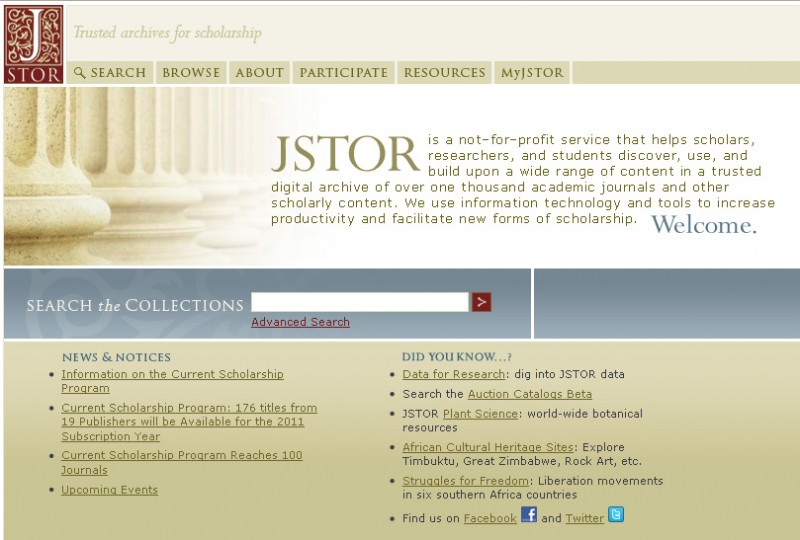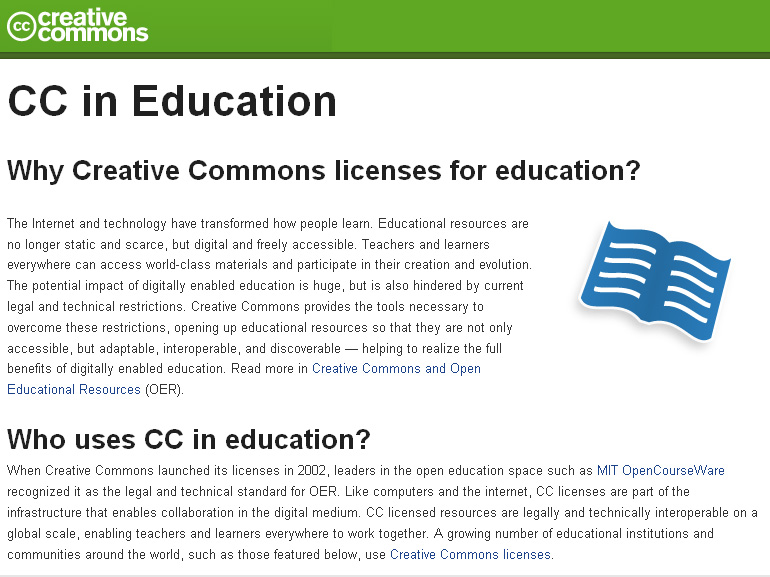2010 Distinguished Achievement Award Winners — aepweb.org
Administrative Tools
ADULT
Instruction Planner & Curriculum Mapper 2010
Collaborative Learning Inc.
9-12
Livescribe Pulse Smartpen
Livescribe
K-5
Orchard Software
Orchard Learning, Inc.
Alignment Tools
9-12
Inspiration 9
Inspiration Software
6-8
Inspiration 9
Inspiration Software
Assessment Tools
ADULT
ePath Knowledge – Assess
Peoples Education
9-12
RAPS 360
MindPlay Software Company
6-8
WriteToLearn 5.3
Pearson
K-5
AVerVision 355AF Document Camera and AVerPen
AVerMedia Information, Inc.
Educational Toys and Games
9-12
Life Finances
4t Nox
6-8
TIE – Totally Immersive Education
Emantras
PRESCHOOL
PBS KIDS PLAY!
PBS
Portals
9-12
Discovery Education streaming Plus
Discovery Education
Social Media
ADULT
edWeb.net
edWeb.net
9-12
School Town
School Town
6-8
ClassChatterLive
ClassChatter.com LLC
Websites
ADULT
The Outdoor Foundation Mentor Toolkit
Topics Education Group
9-12
ARKive: Images of Life on Earth
Wildscreen USA
6-8
Edgar Allan Poe
Weekly Reader
K-5
The Electric Company Web site
Sesame Workshop






















